Breastfeeding vs Bottle Feeding: How Breastfeeding Helps Create Straight Teeth
The Benefits of Breastfeeding
The benefits of breastfeeding go beyond the nutritional value of the milk. Breastfeeding also plays a critical
role in jaw development in infants by promoting proper jaw function. In doing so, breastfeeding helps set the
stage for straight teeth and can mitigate the need for orthodontic or orthotropic
treatment later in life.
The Natural Orthodontic Forces of Breastfeeding
This is because the natural sucking action that occurs during breastfeeding encourages the correct growth and alignment
of the jaw. It does so primarily because breastfeeding requires the baby to use what's known as a 'peristaltic tongue movement'.
This natural sucking action promotes the forward movement of the jaw, aiding in the development of a well-formed airway (which helps to
facilitate nasal breathing instead of mouth breathing) and strengthens tongue and facial
muscles, which promotes proper tongue posture (where the tongue sits on there roof of the mouth at rest).
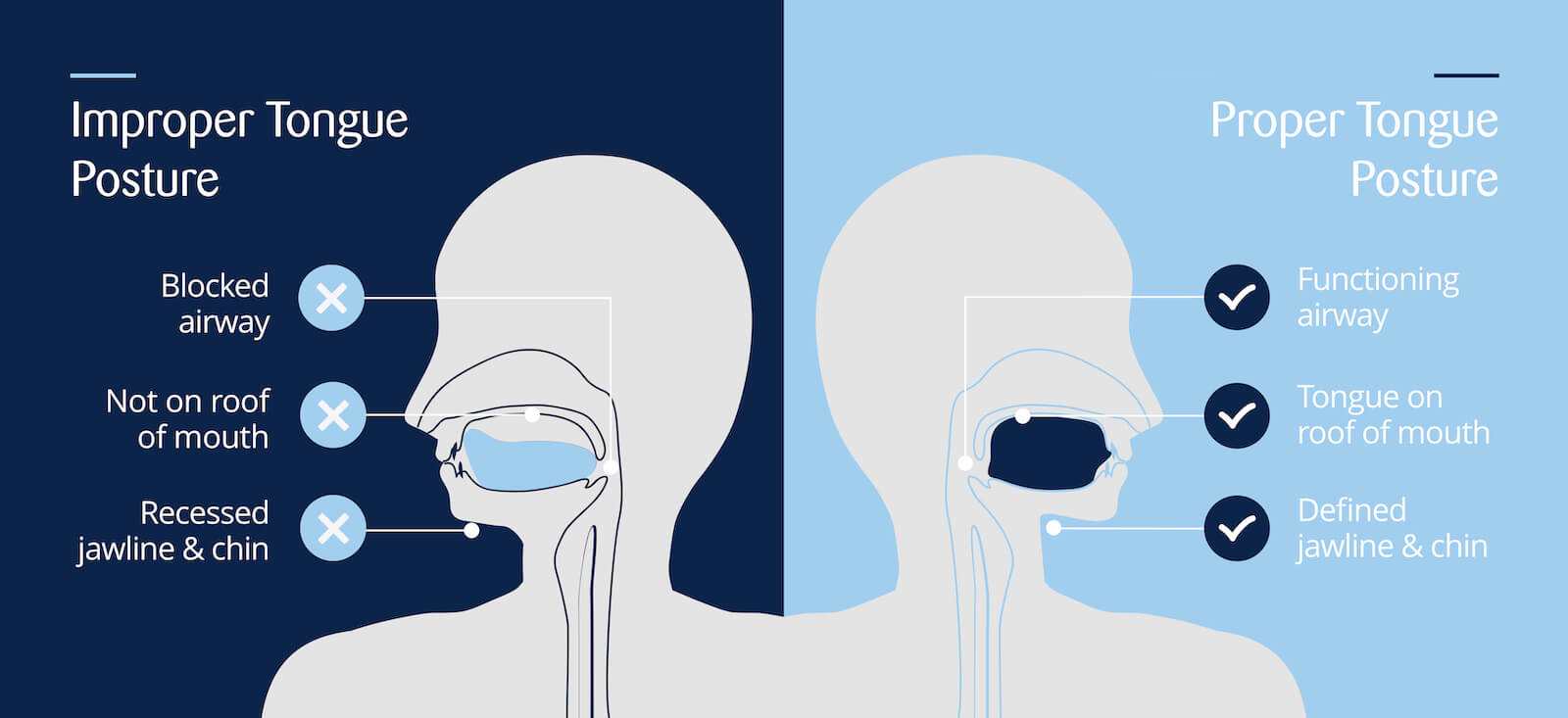
To learn more about why forward growth of the jaws and correct tongue posture are critical in preventing crooked
teeth later in life, read
this article.
Breastfeeding vs Bottle Feeding
At first glance, breastfeeding and bottle feeding may seem quite similar. However, the mechanics and way in which
muscles are engaged are completely different in breastfeeding and bottle feeding.
When breastfeeding, a child's tongue acts as a pump, latching onto the nipple and using its muscles to express milk and bring it down the back of the throat. In contrast, bottle feeding involves the child latching onto the bottle and using its lips and cheeks to suck and draw in the milk. This creates a sucking effect rather than a pumping effect, which can impact the child's growth and development.
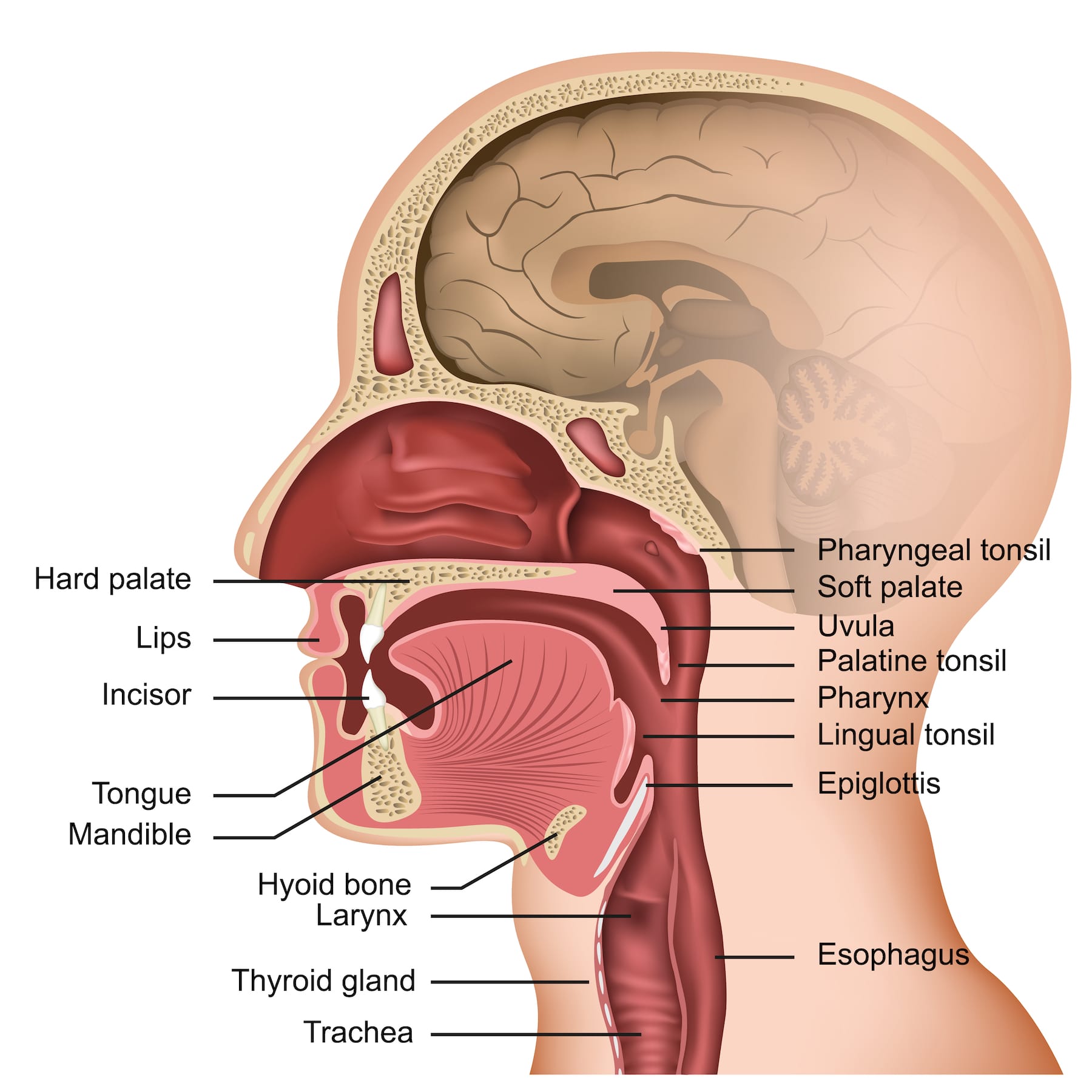
What is Proper Tongue Posture and Why is it so Important?
One of the primary benefits of breastfeeding over bottle feeding is that it promotes proper tongue posture. Here's why proper tongue posture is so important…
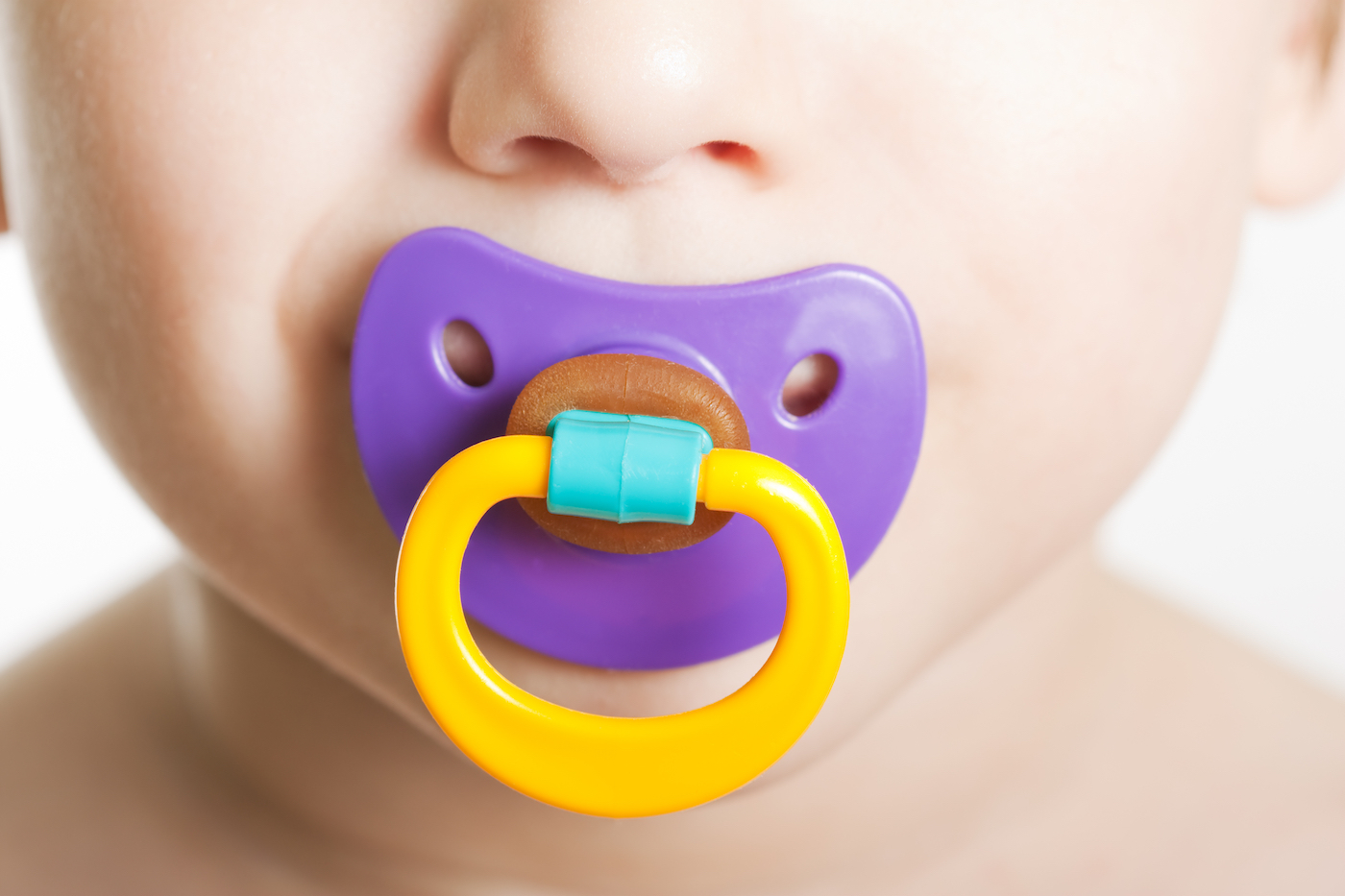
How Dummy Sucking Causes Crooked Teeth & Improper Facial Growth
Like bottle feeding, dummy, pacifier and thumb sucking can lead to developmental issues like overbites, open bites, buck teeth, crooked teeth and generally poor facial growth and development...
Breastfeeding
Latch and Suction
-
The baby latches onto the breast, taking both the nipple and a significant portion of the areola into the mouth.
-
The tongue moves in a wave-like motion (peristaltic motion) to create a vacuum that extracts milk from the breast.
Tongue Position
-
The tongue is positioned over the lower gum ridge and cups the nipple, forming a seal.
-
The tip of the tongue moves to the lower lip and stays relatively flat against the breast, allowing the baby to
draw milk efficiently.
Rhythmic Movements
- The baby uses rhythmic, coordinated movements involving the jaw, tongue, and lips.
-
The motion is more complex, requiring the baby to suck, swallow, and breathe in a
coordinated manner.
Bottle-Feeding
Latch and Suction
-
The baby latches onto the artificial nipple, which is typically smaller and firmer than
the mother's nipple.
-
Suction is less about creating a vacuum and more about compressing the nipple to get
milk flow.
Tongue Position
-
The tongue often moves in a more piston-like motion, pressing against the artificial nipple to extract milk.
-
The tongue may not need to form as tight a seal as it does in breastfeeding.
Rhythmic Movements
-
The movements are often less complex and more straightforward, with a more constant and steady milk flow.
- Coordination of sucking, swallowing, and breathing is still necessary, but the patterns can differ due to the easier flow of milk from a bottle.
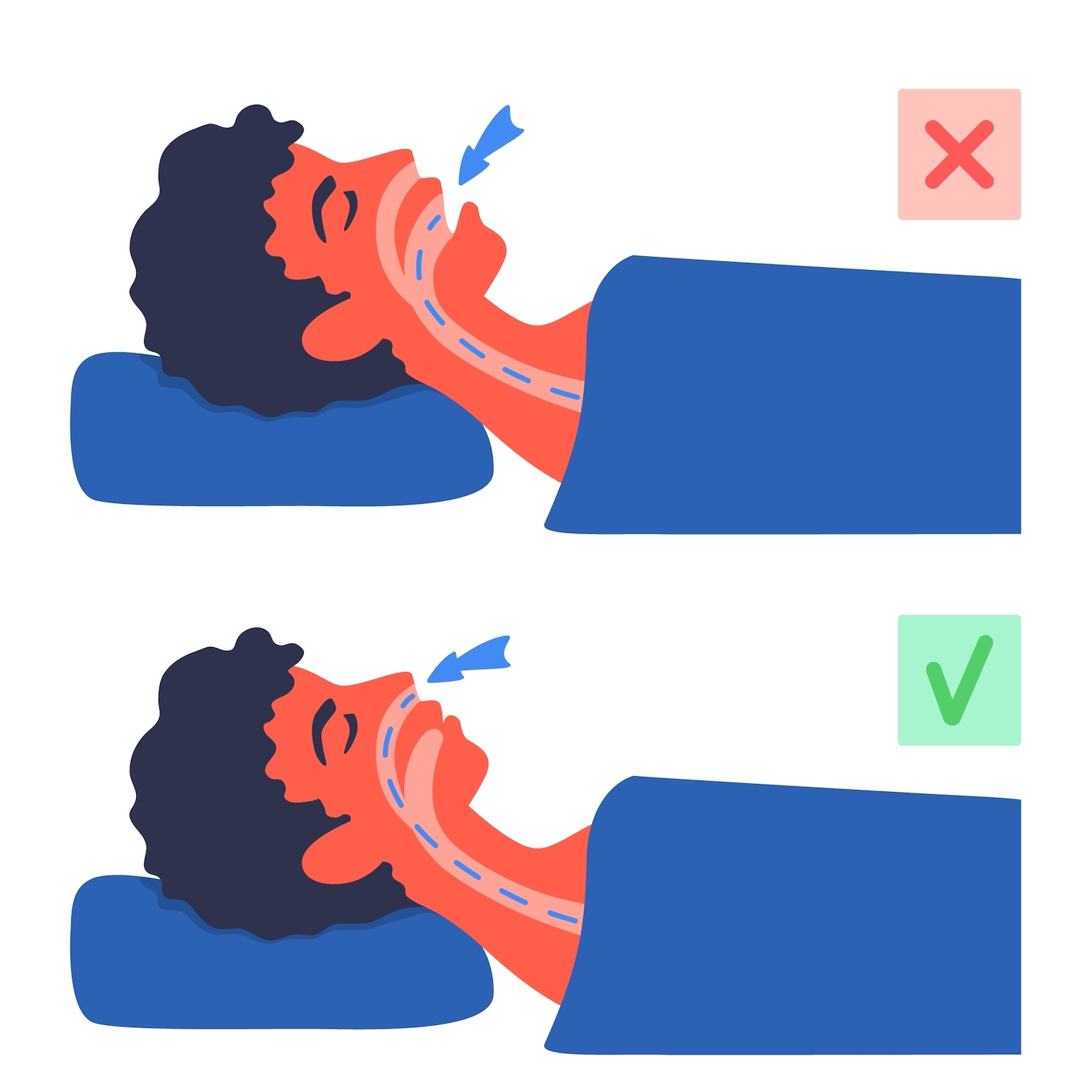
How Mouth Breathing Causes Crooked Teeth
Due to how it engages the facial muscles and tongue, breastfeeding opens up the airway and better promotes nasal breathing, which is critically important to allowing for straight teeth…
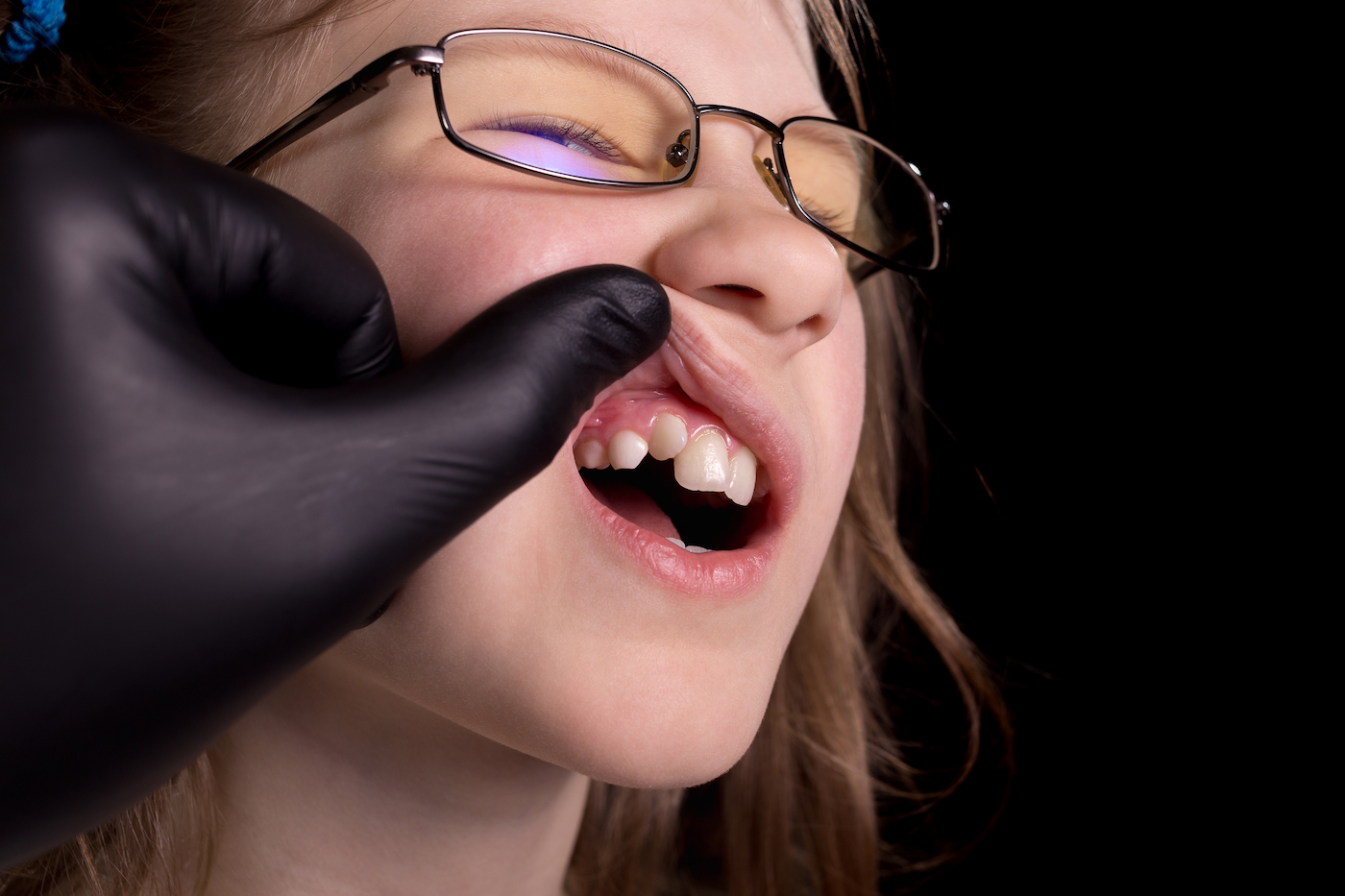
How Improper Facial Posture Causes Crooked Teeth
Bottle feeding negatively affects tongue posture and pushes the jaws down and backwards. By promoting this incorrect posture, it can cause crooked teeth and jaw joint issues…
Breastfeeding vs Bottle Feeding - Which is Better?
Breastfeeding is superior to bottle feeding because it engages more muscles in the mouth
and face due to the sucking mechanism required to extract milk. In doing so, breastfeeding encourages a child's lower jaw
to move forward, which opens up the airway. This, in turn, helps the child to breathe through their nose as they
pump their tongue up and down. This function promotes proper tongue posture, which is critical in ensuring
sufficient room for the teeth, and sets them up for life to swallow properly when they start eating hard, solid foods.
On the other hand, bottle feeding doesn't encourage the same forward motion of the jaws and instead pushes
the jaw down and backward.
Because it engages the tongue muscles differently, bottle feeding can also negatively affect tongue posture, which
can contribute to crowded/crooked teeth later in life.
Breastfeeding Gives Your Child the Best Chance of Straight Teeth
The effects of breastfeeding on facial growth and development are so powerful that many researchers liken
breastfeeding to functional jaw orthopaedics, the school of thought that governs concepts like orthotropics
and mewing.
One medical journal even suggests that "Breastfeeding is early preventive Functional Jaw Orthopedics because
breastfeeding forces impact the jaws during a very rapid period of infant jaw growth". The same article goes on to say that
"Bottle, pacifier and digit sucking deform jaws and airways."
So, in summary, breastfeeding gives your child a significantly better chance of having straight teeth and no jaw joint dysfunction later in life, whereas bottle feeding does the exact opposite.
